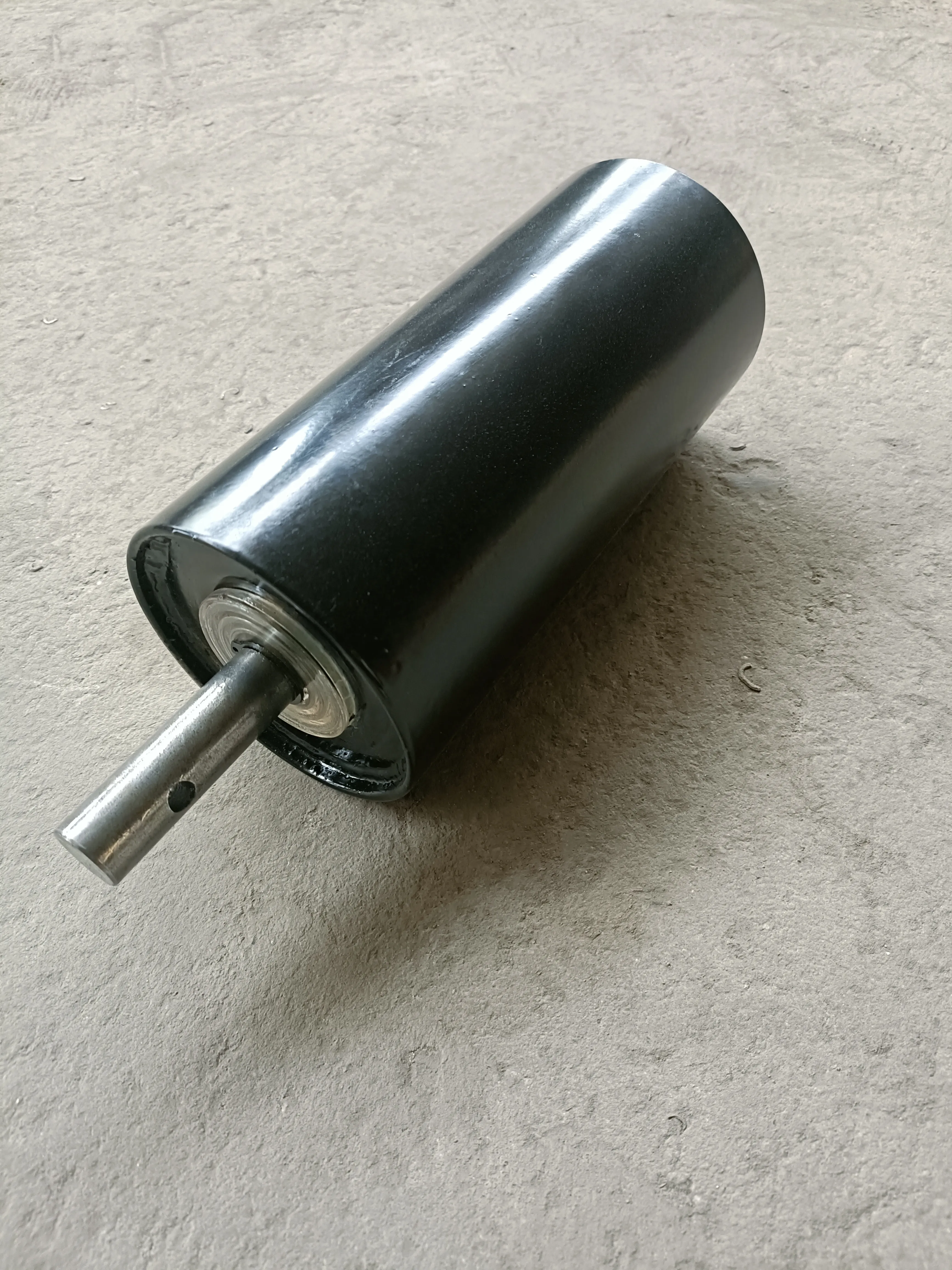 Afrikaans
Afrikaans  Albanian
Albanian  Amharic
Amharic  Arabic
Arabic  Armenian
Armenian  Azerbaijani
Azerbaijani  Basque
Basque  Belarusian
Belarusian  Bengali
Bengali  Bosnian
Bosnian  Bulgarian
Bulgarian  Catalan
Catalan  Cebuano
Cebuano  Corsican
Corsican  Croatian
Croatian  Czech
Czech  Danish
Danish  Dutch
Dutch  English
English  Esperanto
Esperanto  Estonian
Estonian  Finnish
Finnish  French
French  Frisian
Frisian  Galician
Galician  Georgian
Georgian  German
German  Greek
Greek  Gujarati
Gujarati  Haitian Creole
Haitian Creole  hausa
hausa  hawaiian
hawaiian  Hebrew
Hebrew  Hindi
Hindi  Miao
Miao  Hungarian
Hungarian  Icelandic
Icelandic  igbo
igbo  Indonesian
Indonesian  irish
irish  Italian
Italian  Japanese
Japanese  Javanese
Javanese  Kannada
Kannada  kazakh
kazakh  Khmer
Khmer  Rwandese
Rwandese  Korean
Korean  Kurdish
Kurdish  Kyrgyz
Kyrgyz  Lao
Lao  Latin
Latin  Latvian
Latvian  Lithuanian
Lithuanian  Luxembourgish
Luxembourgish  Macedonian
Macedonian  Malgashi
Malgashi  Malay
Malay  Malayalam
Malayalam  Maltese
Maltese  Maori
Maori  Marathi
Marathi  Mongolian
Mongolian  Myanmar
Myanmar  Nepali
Nepali  Norwegian
Norwegian  Norwegian
Norwegian  Occitan
Occitan  Pashto
Pashto  Persian
Persian  Polish
Polish  Portuguese
Portuguese  Punjabi
Punjabi  Romanian
Romanian  Russian
Russian  Samoan
Samoan  Scottish Gaelic
Scottish Gaelic  Serbian
Serbian  Sesotho
Sesotho  Shona
Shona  Sindhi
Sindhi  Sinhala
Sinhala  Slovak
Slovak  Slovenian
Slovenian  Somali
Somali  Spanish
Spanish  Sundanese
Sundanese  Swahili
Swahili  Swedish
Swedish  Tagalog
Tagalog  Tajik
Tajik  Tamil
Tamil  Tatar
Tatar  Telugu
Telugu  Thai
Thai  Turkish
Turkish  Turkmen
Turkmen  Ukrainian
Ukrainian  Urdu
Urdu  Uighur
Uighur  Uzbek
Uzbek  Vietnamese
Vietnamese  Welsh
Welsh  Bantu
Bantu  Yiddish
Yiddish  Yoruba
Yoruba  Zulu
Zulu V-Belt Idler Pulleys Sizing Guide for Efficient Performance and Selection Tips
Understanding V-Belt Idler Pulleys by Size
V-belt idler pulleys play a crucial role in various mechanical systems by contributing to the smooth operation of belts, improving system efficiency, and extending the life of the machinery. These components, although often overlooked, are pivotal in ensuring that the V-belts function correctly within a drive system. The V in V-belt stands for the trapezoidal shape of the belt, which allows it to sit snugly in the groove of the pulley, ensuring effective power transmission.
One critical aspect of V-belt idler pulleys is their size. Selecting the appropriate size is essential for optimal performance, as it directly affects the tension and alignment of the belt, as well as the overall efficiency of the system. But how do you determine the right size for a V-belt idler pulley?
Understanding V-Belt Pulleys
Before delving into sizing, it is important to understand the anatomy of V-belt pulleys. They are typically constructed from materials such as steel, aluminum, or reinforced plastic and come in various diameters and widths. The diameter of the pulley influences belt speed and torque transfer—larger pulleys can handle more torque but may also require more space, while smaller pulleys may contribute to higher speeds but can lead to increased wear if the system is not properly engineered.
Sizing Considerations
When selecting a V-belt idler pulley by size, several factors must be considered
1. Belt Size and Type The size of the idler pulley must be compatible with the V-belt in use. V-belts come in several standard sizes, denoted by their top width and thickness. Identifying the correct specifications of the belt is the first step in determining the appropriate pulley size.
v belt idler pulleys by size

2. Center Distance The center distance between the pulleys in a drive system should be taken into account. The idler pulley helps maintain the correct tension in the belt, and the distance can affect how much tension is required. Incorrect center distance may lead to slippage or excessive wear.
3. Belt Tension The capacity of the idler pulley to maintain belt tension is critical. A pulley that is too small may not provide adequate tension, leading to slipping, whereas an overly large pulley might generate excessive tension, potentially causing damage to the belt or the machinery.
4. Operating Conditions Consideration of the operating conditions, such as temperature, humidity, and the presence of dust or other particulates, is vital. These factors can influence the material choice for the idler pulley as well as its size. For example, environments with high temperatures may necessitate a pulley made of materials that can withstand thermal stress.
Efficient Performance and Maintenance
Proper sizing of V-belt idler pulleys not only contributes to efficient performance but also minimizes maintenance needs. Regular checks on all components of the drive system, including the idler pulleys, will ensure that wear and tear are addressed before they lead to system failure. Timely replacement of worn pulleys can prevent breakdowns and prolong the life of the V-belt.
Conclusion
In summary, V-belt idler pulleys are essential components in a wide range of mechanical systems. The size of these pulleys is a critical factor that affects the functionality, efficiency, and longevity of the entire system. Understanding the nuances of sizing, considering factors such as belt type, center distance, and operating conditions, is essential for selecting the right idler pulley. When properly sized and maintained, V-belt idler pulleys contribute significantly to the smooth operation and reliability of machinery, helping businesses and individuals achieve their performance goals efficiently. Proper selection not only enhances performance but also reduces costs associated with downtime and maintenance, making it an invaluable consideration for engineers and maintenance professionals alike.
-
Revolutionizing Conveyor Reliability with Advanced Rubber Lagging PulleysNewsJul.22,2025
-
Powering Precision and Durability with Expert Manufacturers of Conveyor ComponentsNewsJul.22,2025
-
Optimizing Conveyor Systems with Advanced Conveyor AccessoriesNewsJul.22,2025
-
Maximize Conveyor Efficiency with Quality Conveyor Idler PulleysNewsJul.22,2025
-
Future-Proof Your Conveyor System with High-Performance Polyurethane RollerNewsJul.22,2025
-
Driving Efficiency Forward with Quality Idlers and RollersNewsJul.22,2025





























